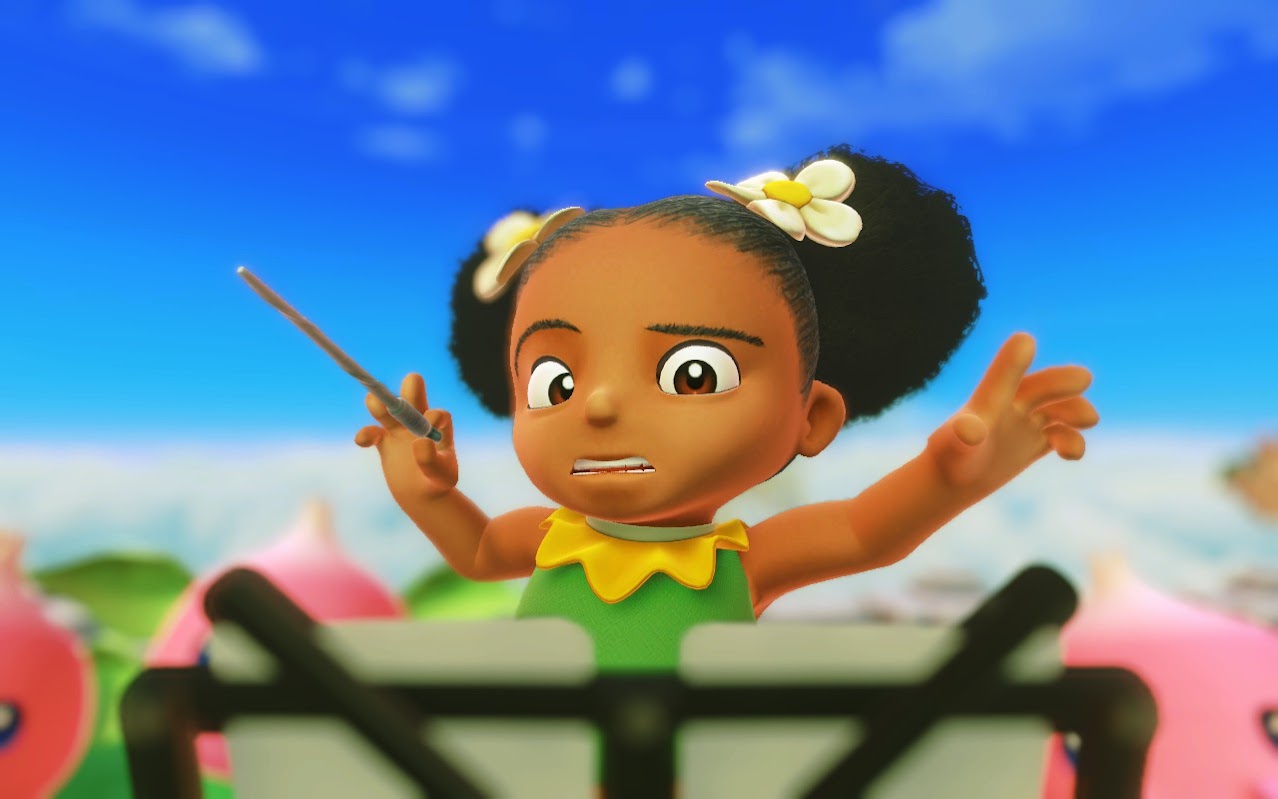From Software's next game is more Hotline Miami than Dark Souls
Watch us play Sekiro: Shadows Die Twice and die more than that.
If Dark Souls was designed around the tension that builds over long journeys into uncharted and dangerous territory, Sekiro is designed around something much more focused: the tension that erupts when two swords clash.
Enemies crowd the dense combat arenas. The bulk are visible from one of many vantages (thanks, grapple-arm), and the most rewarding way to rip through them is by planning a swift John Wick maneuver using your sword, stealth, and a toolbox of deadly prosthetic arm attachments ahead of time. It's more Hotline Miami than Dark Souls.
But I am not John Wick. Death is the necessary rehearsal, softened by generous prayer totem checkpoints hugging the more challenging arenas in the demo. As I look out onto the courtyard of the war-torn Ashina Castle Grounds, I can see two armed guards keeping an eye on a massive troll of a man chained and shackled and moaning away. I don't think he'll stay there. On the fortress walls bordering the yard is another armed guard and a woman holding a bell. If she sees me, everyone will. Another guard or two patrol the perimeter. There's plenty of foliage for hiding and multiple grapple points for staying out of sight. I need to take out that bell lady as quickly as possible. I plan a route.
VIDEO: 16 minutes of Sekiro gameplay, also available on YouTube
I take one guard out from the bushes and sneak around the perimeter. A guard on the wall spots me, but I throw enough shurikens into the bell woman to make sure she doesn't ring. I hear the massive man rip free from his prison. Apparently the guards below saw me murder their two buds, and now everyone in the entire arena is on my ass. I try running, but a flurry of blades and suplex from the giant put me down. I can resurrect on the spot once and go for a stealth kill once the enemies resume their patrol—Sekiro's strange death mechanic still doesn't quite make sense to me—but the odds aren't on my side, so I acquiesce. It has to be clean.
A few attempts in and what at first felt like overwhelming odds have diminished. Through close study of where I can hide, where each enemy is, the best methods for murdering them, I sweep through most of the arena with ease now, taking out half a dozen enemies in just over a minute. Stealth stab from the bushes, walk around back and shuriken the bell ringer, jump-stab the guard below, grapple up to the castle wall and leap down onto another, and so on. Having solved something of an efficiency puzzle, like Hotline Miami's similarly designed pockets of action and swift iteration, I trace an optimal path (likely not the optimal path) through a careful arrangement of meaty obstacles to arrive at the final test in as little time as possible. But instead of using guns and a katana, I'm sticking with the blade.
Coming back to life has its perks, but it can't be used infinitely.
The biggest gaming news, reviews and hardware deals
Keep up to date with the most important stories and the best deals, as picked by the PC Gamer team.
The final test? The two guards and the troll man below. There's no way to clear the area without taking on at least two of them at once, so I leap down and plunge my sword through one guard. The troll breaks free and comes at me with the other. He kills me twice before I take him down, once with a suplex and the other time with a long-distance drop kick, but figuring him out isn't too frustrating thanks to a nearby checkpoint.
What I would've tiptoed into in Dark Souls is what I sprint into in Sekiro, safe with the knowledge that I'll only lose a few minutes of progress as opposed to 10 or 15. The slow-burning tension of inching through the Undead Burg for the first time with shit armor and a broken sword has been supplanted with fiery aggression and empowerment. But it's not any easier. You're a glass cannon.
A meditation on stabbing
Combat rewards constant aggression and perfect timing. You need to nail it or die.
I find out exactly how fragile I am after a few bouts with the Cursed Monk, a billowing cloak with a mask a creepy laugh and a huge sword—one of Sekiro's early boss fights. I get my ass thoroughly paddled by the guy, shamed, yes, but relieved to know that Sekiro is going to be as challenging as any of From Software's recent games.
See, Sekiro's combat requires staying within kissing distance of the toughest enemies in order to do any harm. Every enemy has a posture meter, represented by bar above them that grows in width and intensity of color the more you attack them and block incoming attacks. If you back off for too long—and you will, because the same rules apply to you—the posture meter will deplete. Stay aggressive and fill it up completely and you'll do a special attack that kills smaller enemies immediately, or removes an entire health bar from a bigger brute. Combat rewards constant aggression and perfect timing. You need to nail it or die. Poking enemies from behind inches of armor and running away isn't an option, an exciting, necessary break from my sword-'n'-board habits.
The Cursed Monk swirls around the arena, swinging in slow arcs that accelerate at the last possible second. I'm more thrown off than I was by Dark Souls 3's Dancer boss, especially because two or three hits is enough to kill me, which happens many, many times.
But another checkpoint just before the boss (I won't miss Dark Souls' notorious boss sprints) means it doesn't take too many deaths to learn the monk's basic patterns. I can block most attacks, and I find that use of my axe prosthetic at the perfect time builds the monk's posture meter much quicker. I also learn that by dodging towards the monk's thrust attack, I can pull off a smaller special. It's all muscle memory now, and I manage to break the Cursed Monk and completely wipe out one health bar. Suddenly the arena fills with fog and the monk disappears. I knew it wouldn't be so simple. The bastard appears out of thin air and stabs me through the back. The monk still had a few health modules left and I'm already done for. Phase two of many, I'm guessing.
Sekiro is breathless and violent. From Software has found yet another way to make third-person lock-on combat interesting, focusing on the clash and bang intimacy of sword fights and the attrition required to win a duel. I'm curious to see how Sekiro sustains and builds on these ideas; the crowded kill boxes pair well with such an agile, skilled character. But will it become more exhausting than exhilarating over the course of a full playthrough? Without a traditional armor and weapon system, everyone will be playing and mastering the same playstyle, so I'm hoping the level design, enemy arrangement, and yet-to-be-revealed arm attachments allow for variability in combat beyond perfect sword play. I'm confident in Sekiro's ability to test me, but I really hope it's just as willing to surprise.
James is stuck in an endless loop, playing the Dark Souls games on repeat until Elden Ring and Silksong set him free. He's a truffle pig for indie horror and weird FPS games too, seeking out games that actively hurt to play. Otherwise he's wandering Austin, identifying mushrooms and doodling grackles.


